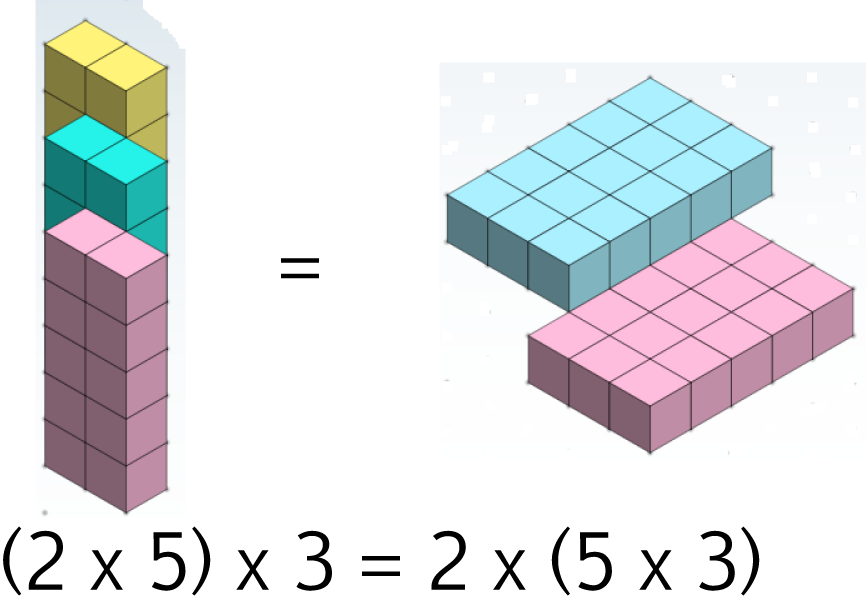Math Definitions - Letter A
Chapters
Definition of Associative Law
Definition of Associative Law
The associative laws tell us that it doesn't matter which numbers we add or multiply first when we do addition or multiplication of more than two numbers. In other words, they let us move the brackets around, provided all the operations are the same.
For example, \( (2 + 5) + 4 = 2 + (5 + 4)\), so \(7 + 4 = 2 + 9 = 11\).

An example with multiplication is \( (3 \times 7) \times 2 = 3 \times (7 \times 2) = 21 \times 2 = 3 \times 14 = 42\).
Description
The aim of this dictionary is to provide definitions to common mathematical terms. Students learn a new math skill every week at school, sometimes just before they start a new skill, if they want to look at what a specific term means, this is where this dictionary will become handy and a go-to guide for a student.
Prerequisites
None
Audience
Year 1 to Year 12 students
Learning Objectives
Learn common math terms starting with letter A
Author: Subject Coach
Added on: 4th Dec 2017
You must be logged in as Student to ask a Question.
None just yet!